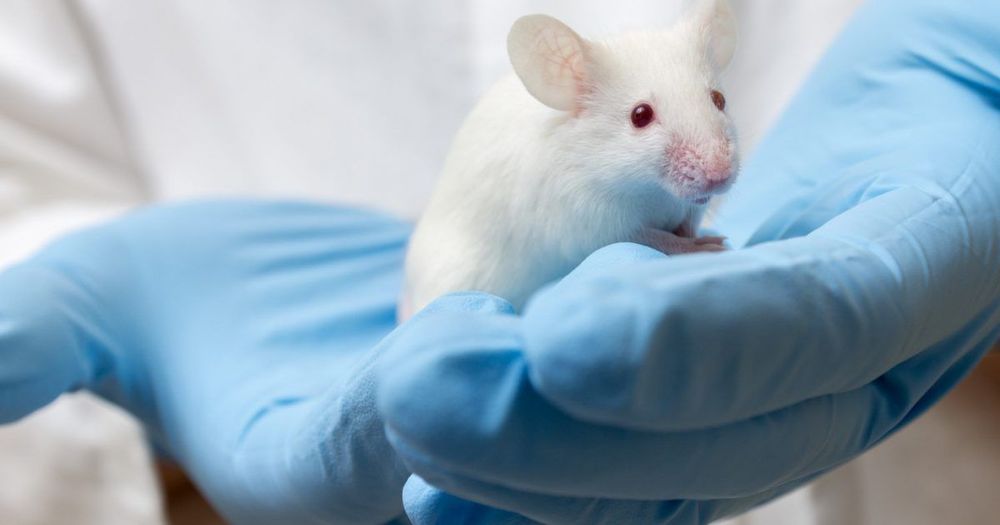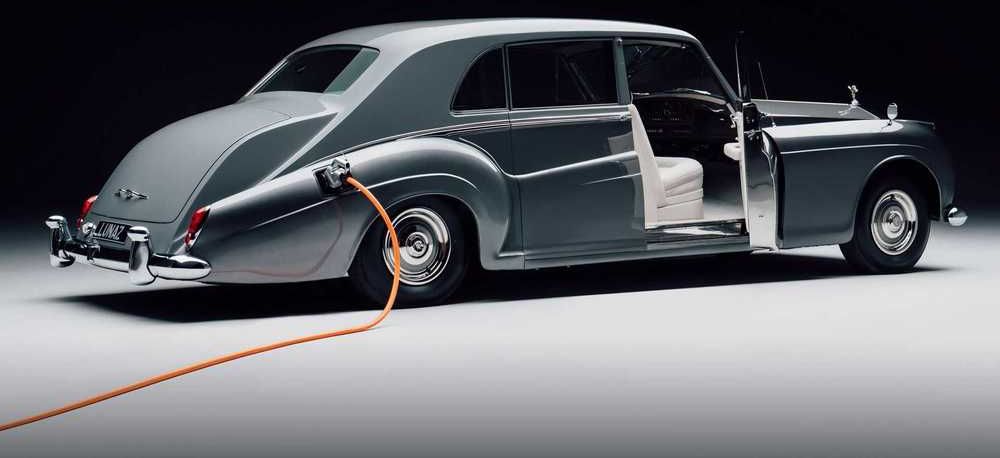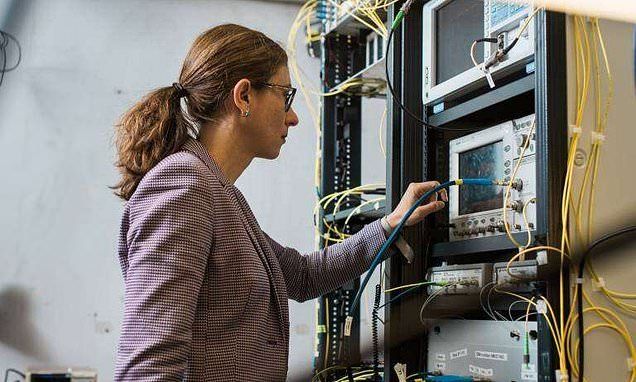From most people’s perspectives, space law is a fairly niche field. Even more niche are particular sub-fields of space law, such as space human rights law. Despite being so niche, though, one can argue that space human rights law is extremely important. It defines how humans treat each other as they expand into new off-planet environments. It thus fundamentally shapes how humanity engages with space. To learn more about the intersection of human rights and space exploration, we spoke to Jonathan Lim, a solicitor at the law firm WiseLaw. He is also the founder of Jus Ad Astra, a project at WiseLaw that develops legal principles pertaining to space exploration.
What role do human rights play in space exploration?
Human rights are inalienable and universal values that recognize the inherent value of each person. They are based upon the common values of dignity, equality, and respect shared across all cultures, religions, and philosophies. The intersection between human rights and outer space can be viewed through two perspectives.









